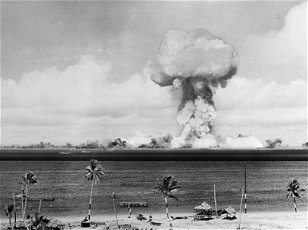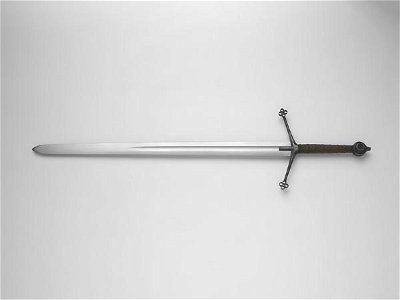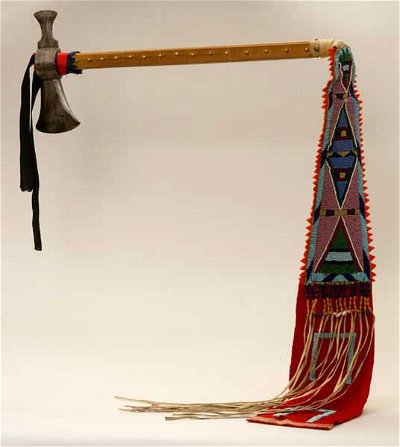
Nuclear Weapon Tests
"Now I am become Death, the destroyer of worlds." This famous quote by J. Robert Oppenheimer, taken from Hindu scripture, accurately describes the power of the atom bomb. Average, 15 Qns, trident,
Mar 24 24

 This quiz covers a variety of weapons and several centuries, with photos to help, if needed.
This quiz covers a variety of weapons and several centuries, with photos to help, if needed. |
|
 Ten questions for you on ancient spears, swords and other early weapons used by man.
Ten questions for you on ancient spears, swords and other early weapons used by man.  I hope you enjoy this quiz about weapons from the present and the past. There will be weapons from around the world. Have fun, and I promise taking this quiz won't hurt!
I hope you enjoy this quiz about weapons from the present and the past. There will be weapons from around the world. Have fun, and I promise taking this quiz won't hurt! |
|
 Quick Question
Quick Question|
|
|
|
 = Top 5% Rated Quiz,
= Top 5% Rated Quiz,
 Top 10% Rated Quiz,
Top 10% Rated Quiz,
 Top 20% Rated Quiz,
Top 20% Rated Quiz,
 A Well Rated Quiz
A Well Rated Quiz
· All questions, answers, and quiz content on this website is copyright FunTrivia, Inc and may not be reproduced without permission. Any images from TV shows and movies are copyright their studios, and are being used under "fair use" for commentary and education.